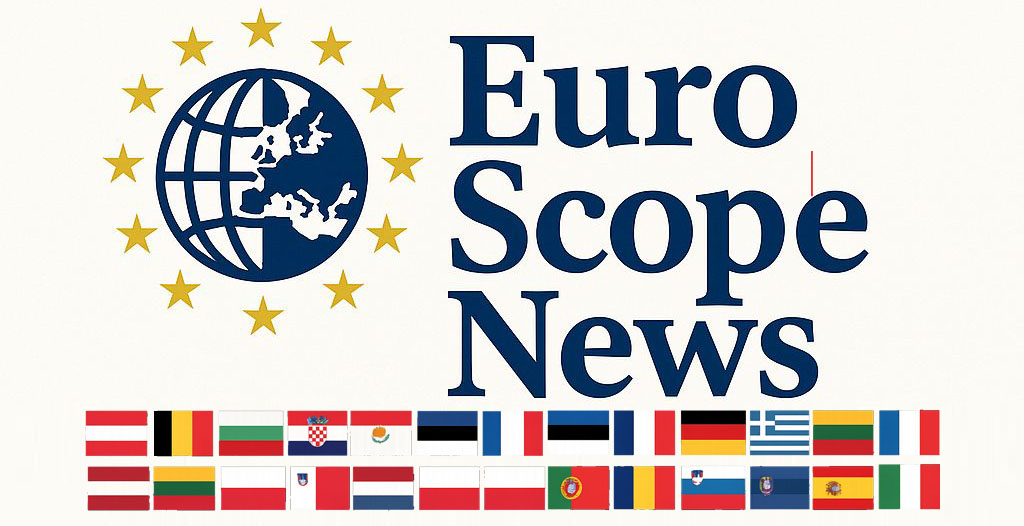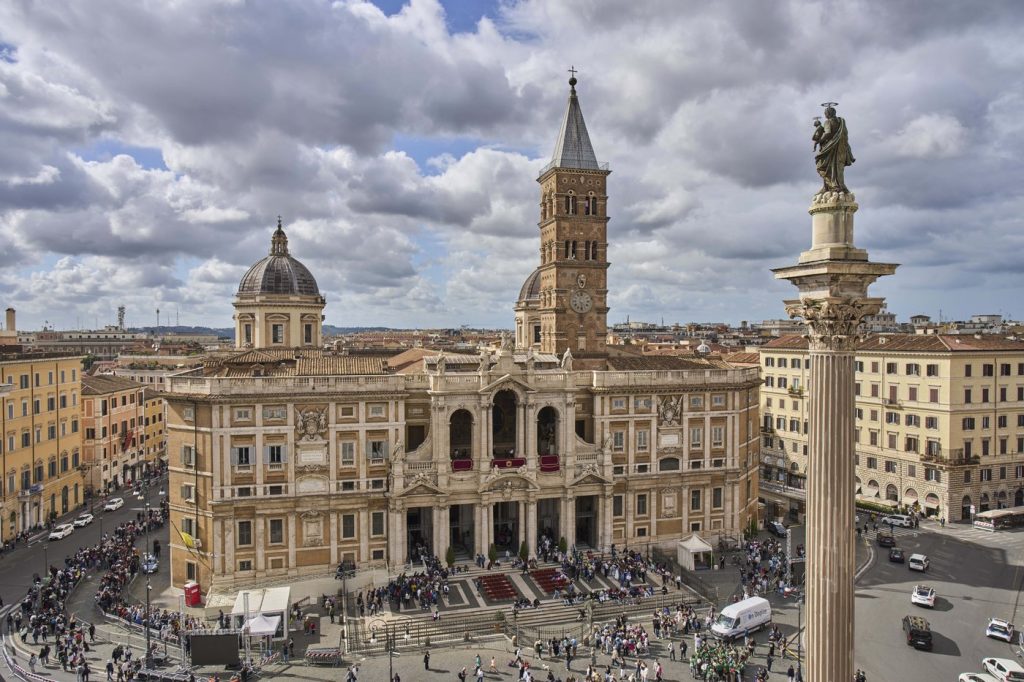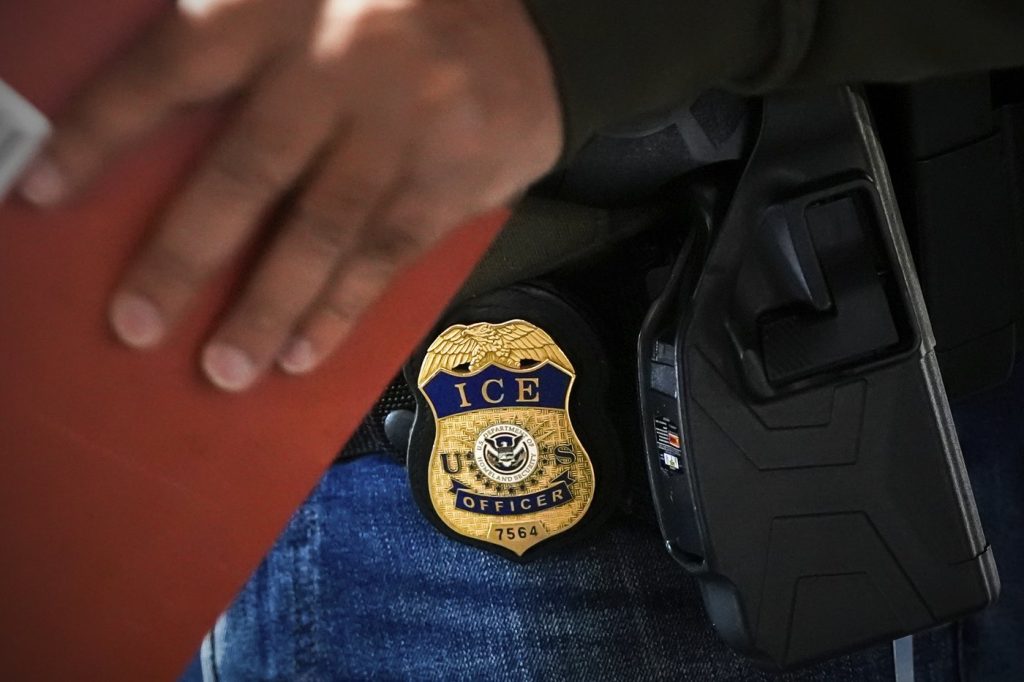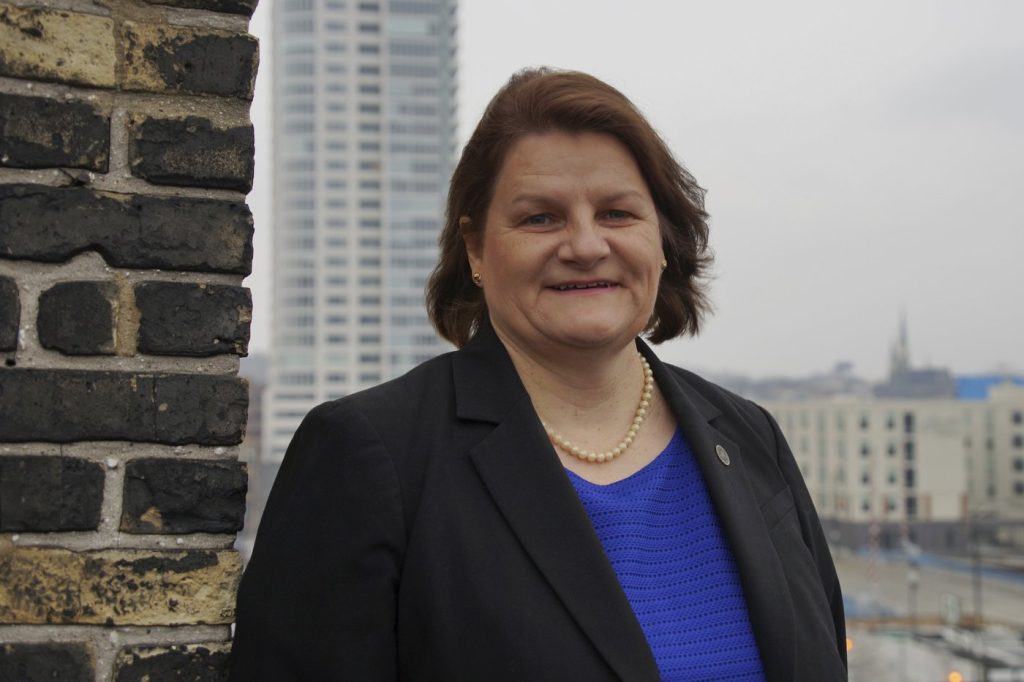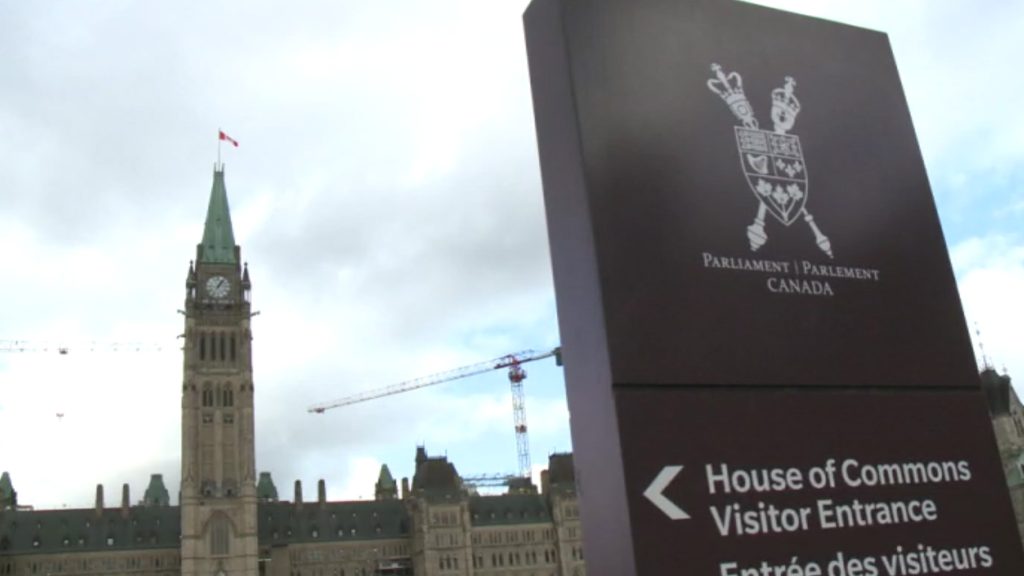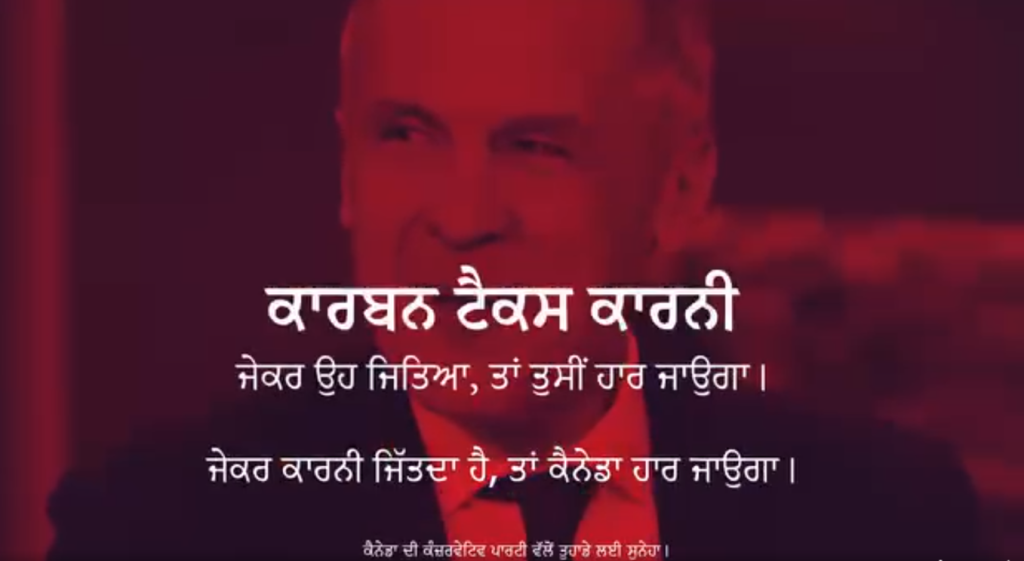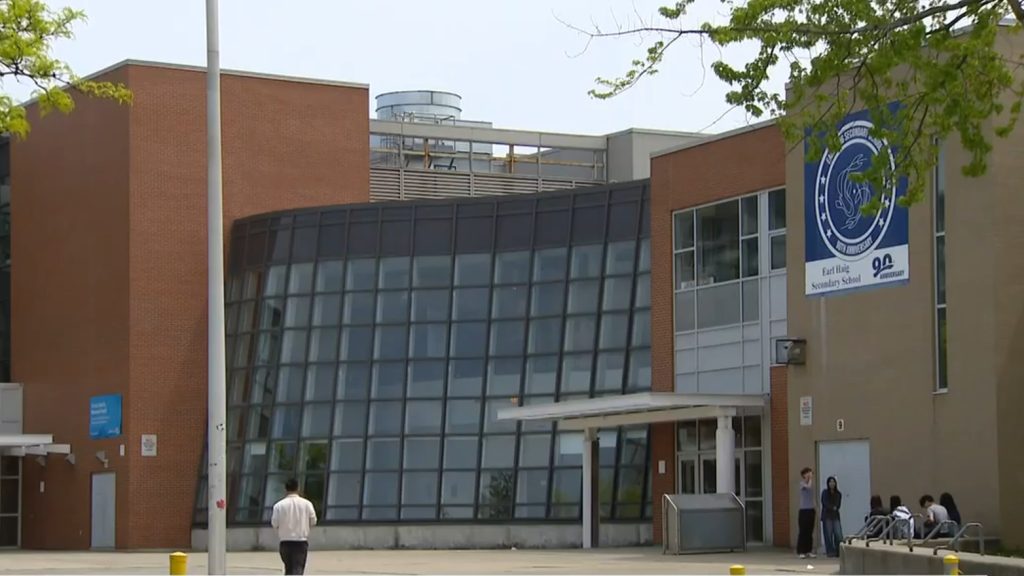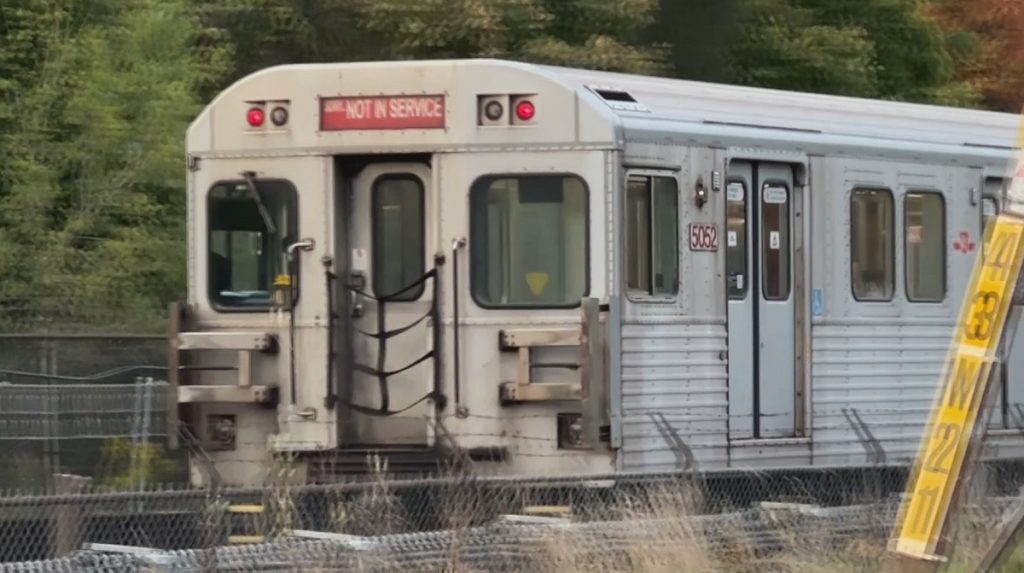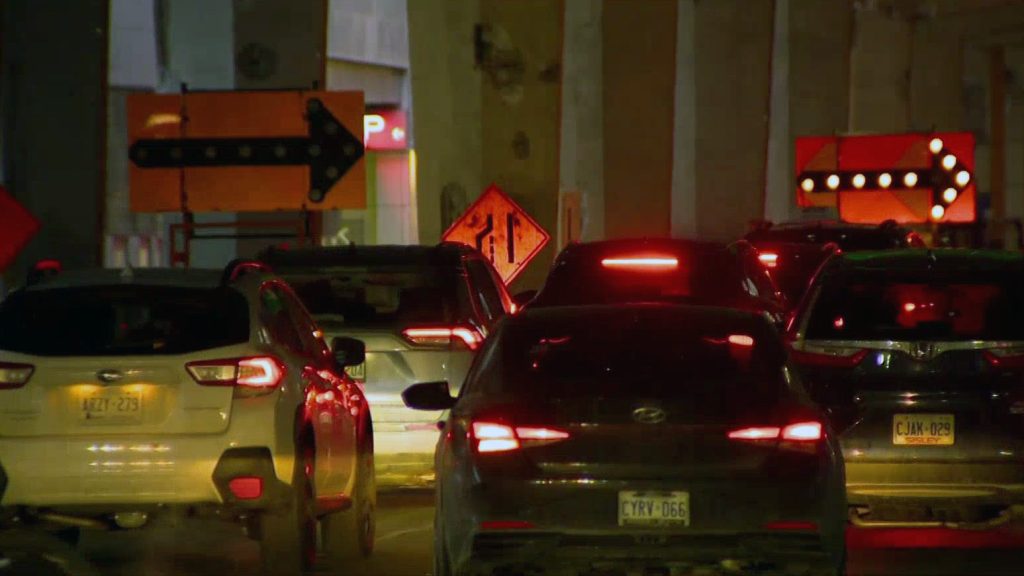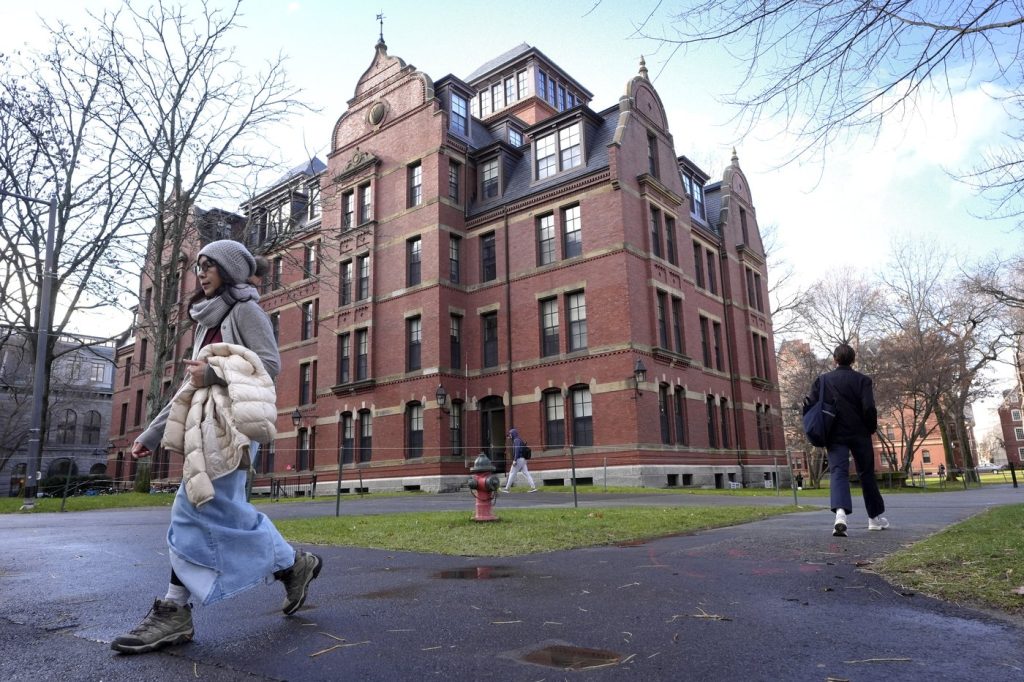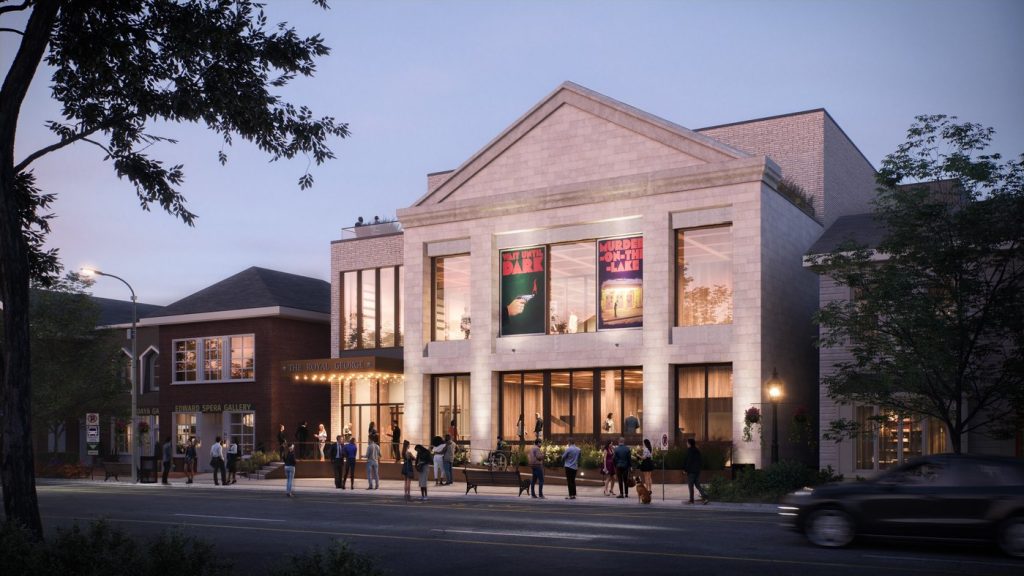ROME (AP) – Pope Francis has chosen his burial place at St. Mary Major Basilica, close to an icon of the Madonna that he cherished, reflecting his "humble, simple and essential" lifestyle, according to Archbishop Rolandas Makrickas. Following his passing on Monday at age 88, the Pope is set to be interred in a niche tomb in the basilica on Saturday after his funeral in St. Peter's Square, located approximately 4 kilometers (2.5 miles) away.
Initially, Pope Francis hesitated when Archbishop Makrickas suggested St. Mary Major as his final resting place in May 2022. The archbishop highlighted the basilica's historical ties to both the Pope and the Jesuit order, as well as its rich artistic and spiritual heritage. Notably, seven other popes are interred there, the last being in 1669. After reflecting on the suggestion for about a week, the Pope called Makrickas to confirm his decision, stating, “Prepare my tomb.”
The pontiff expressed a desire for his burial site to remain simple, insisting that visitors should come to St. Mary Major to venerate the Madonna rather than to pay respects to a Pope. Consequently, Francis will be buried beneath a modest headstone crafted from marble sourced from Liguria, Italy, the region associated with his mother’s family. Engraved with his Latin name, “Franciscus,” the headstone will have a slightly enlarged replica of his pectoral cross above it, featuring raised images of a shepherd with a sheep and a dove, without any additional embellishments.
Francis' chosen tomb is situated in a niche adjacent to the chapel housing the revered Salus Populi Romani icon and in a part of the basilica that historically served as an entrance to a former papal residence. Throughout his 12-year papacy, the Pope would often pray before this icon before and after each of his foreign trips. For Francis, St. Mary Major holds particular significance as it is where St. Ignatius Loyola, the founder of the Jesuits, celebrated his first Mass on Christmas Day in 1538.
Recognized as a pontifical basilica, St. Mary Major, which has never been damaged throughout its history dating back to the fifth century, is considered a “treasure chest of art and spirituality” by Archbishop Makrickas. Since the Pope's death, tens of thousands of the faithful have visited the basilica to pay their respects, with many waiting in line to see the area where he will be laid to rest, which has been cordoned off with plywood.
A group of tourists, including Carlos Taborda, 39, traveled from Brazil to honor the late Pope, coincidentally arriving during this profound moment. Alongside him, Felicia Verawati, a 35-year-old nun from Indonesia, reflected on the special connection she felt to Pope Francis, describing how she believes he found solace in the church for Mary’s protection.
Among the numerous visitors, 8-year-old Flavia Chiodaroli expressed her affection for Pope Francis, hoping that the next Pope would embody his kindness. She was part of the Jubilee of Teenagers, an event convening over 80,000 young people from around the world to the Vatican in celebration of the special bond between Pope Francis and youth, which continued even in the shadow of his passing.
Hopeful tributes are anticipated during the Pope’s funeral, set to take place on Saturday in St. Peter’s Square, attended by over 160 international delegations, including royalty and world leaders. His casket will be transported to St. Mary Major through the streets of Rome, with the motorcade proceeding slowly to allow the public an opportunity for a final farewell. Upon arrival at the basilica, Pope Francis’ casket will be greeted by around 40 individuals from Rome’s poor and marginalized communities, exemplifying the Pope's enduring commitment to the underprivileged. The Vatican noted that “the poor have a special place in the heart of the Holy Father, who chose the name Francis to never forget them.”
